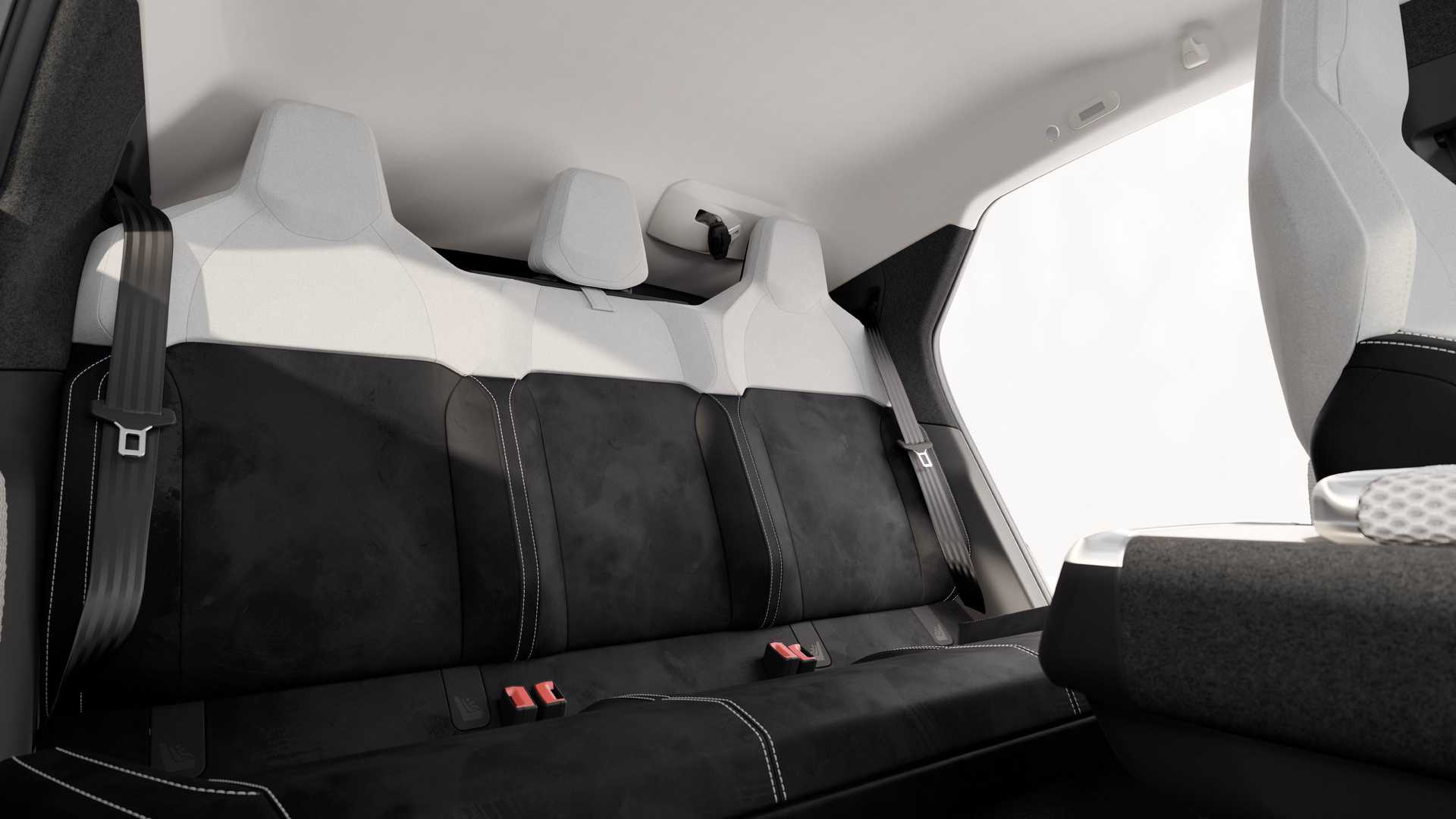The lack of charging stations won’t be an issue with this solar-powered EV
Lightyear, a Netherlands-based electric vehicle startup, has taken the covers off its first production model called the Lightyear 0. The company says the car, which is set to go into production this fall, can run for up to seven months without plugging into a household outlet or charging station.

How is that even possible, you ask? Well, the Lightyear 0 is fitted with five square meters double curved solar arrays on its roof and bonnet that can generate 70 km of range per day or 11,000 km per year, if the conditions are optimal. On a full charge, the WLTP range is rated at 625 km.

According to Lightyear, the car won’t need a charge for up to two months in climates such as the Netherlands or up to seven months in sunnier countries such as Spain or Portugal. If this is anything to go by, we can imagine the car will feel right at home here in Malaysia.


Driving the Lightyear 0 are four in-wheel electric motors that use up 10.5 kWh of energy per 100 km, at 100 km/h, making it one of the most efficient EVs. Further contributing to its efficiency is the slippery exterior shape, which gives the 0 a drag coefficient rate of less than 0.19. The car measures 5 meters in length and tips the scale at a mere 1,575 kg.

The cabin is pretty modern and has a touch of minimalism. Here, the centrepiece is a 10.1-inch touchscreen that provides access to the car’s infotainment system, which supports cloud-based updates. The rest of the interior features vegan and naturally-sourced materials such as ecological microfiber suede seats and rattan palm detailing.

As aforementioned, production of the Lightyear 0 is set to commence this fall (somewhere in September), with first deliveries expected to take place in November. Only 946 units of the solar-powered EV will be made, each priced at a whopping €250,000 (RM1.16 million). But fret not, as Lightyear says they already have a mass-production model slated for late 2024 or early 2025 that costs a lot cheaper at €30,000 (RM138,650).